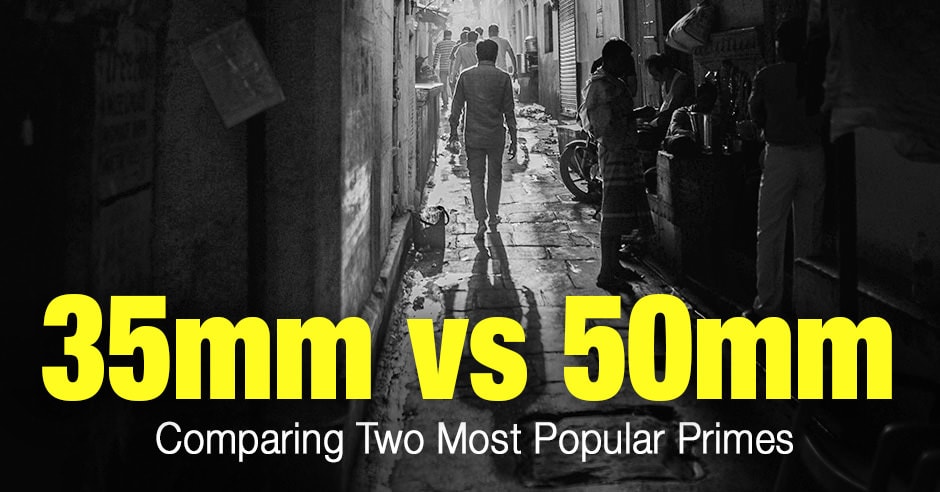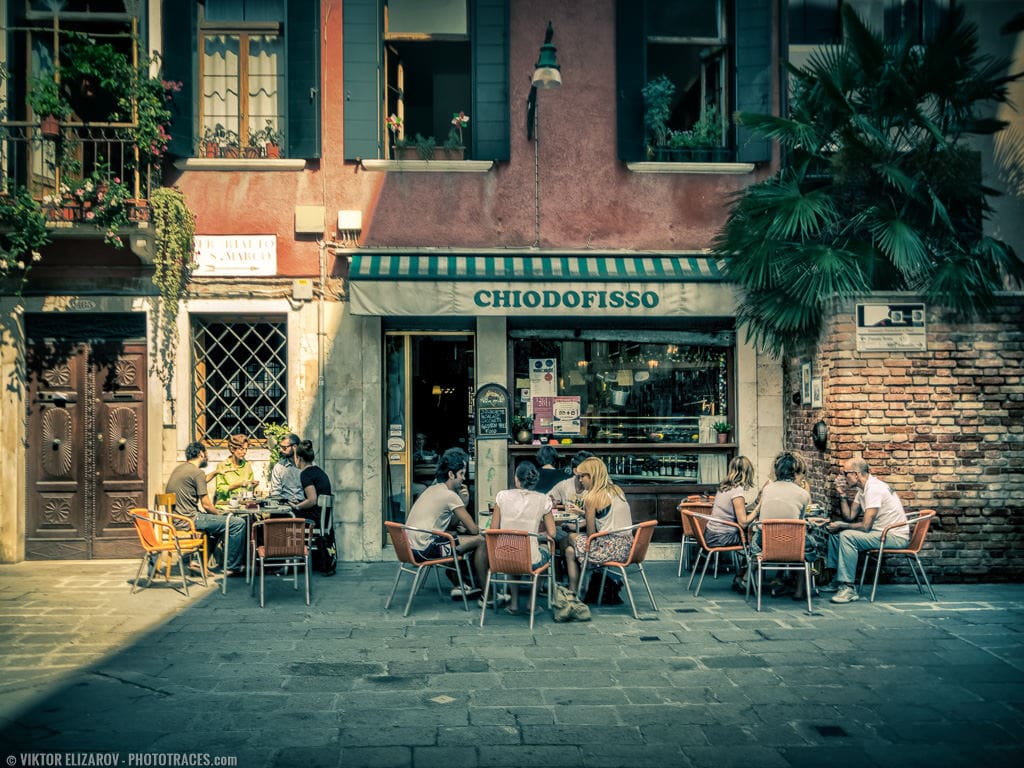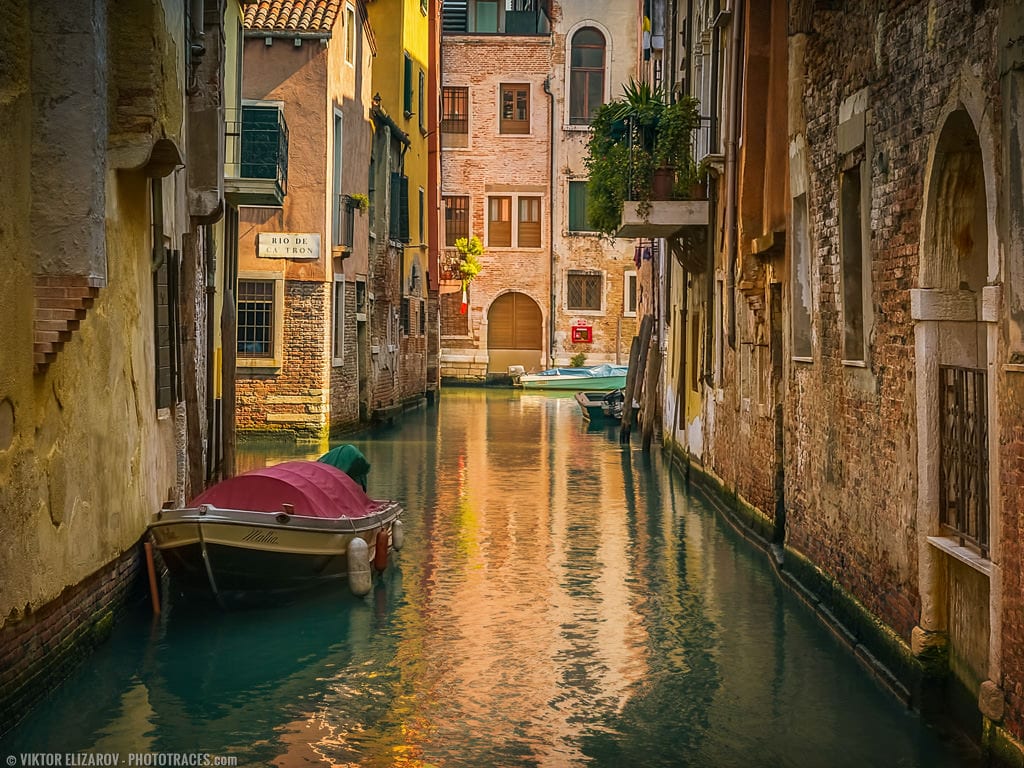If you are struggling to understand the difference between 35mm vs 50mm lens, then you’ve come to the right place.

Two of the most popular choices for prime lenses are the 50mm and the 35mm. Both of these lenses have their own advantages. The lens choice you make will primarily depend on your personal needs as a photographer and what type of photography you pursue.
So, what are the differences between the 35mm vs 50mm lens?
Here are a few things to keep in mind when making a choice.
Advantages of 50mm vs 35mm Lens
1. Less intrusive for street photography
The 50mm has a longer focal length than the 35mm. This means a 50mm will allow you to shoot from more of a distance without being too intrusive. If you aren’t comfortable with getting up close and personal with your subjects, the 50mm may be the better choice.
2. Easier to achieve a blurred background
The 50mm (also known as the “nifty fifty”) also comes with wide apertures including f1.8, f1.4, and beyond. Wider apertures allow you to achieve that background blur that a lot of photographers aim for. This is due to the shallower depth of field the wide apertures produce.

3. 50mm focal length is close to human experience
The focal length of a 50mm is pretty close to the human experience. This means, what you see in front of you with your own eyes, is basically what the lens sees and captures. This helps you to capture scenes the way you, as the photographer, see them. The 50mm helps you capture images that will allow your viewers to see things the way you did when shooting them, which is great for storytelling through images.
4. 50mm primes are lightweight and compact
The 50mm lens is also very lightweight and compact. It will
be comfortable to hold when you are shooting for long periods of time. It will
also take up less room in your camera bag and won’t be so heavy if you plan on
doing a walking between shots.
5. 50mm lenses are inexpensive and affordable
Lastly, this lens is inexpensive and affordable. This makes it a good option for those who want to do a minor “financial upgrade”, yet still get a solid lens great for multiple shooting uses. If you are a beginner who takes baby steps with your upgrades as you progress and learn, this affordable lens should be something you consider, no matter what camera brand you use.

Canon 50mm f/1.8 weighs only 160g and cost just over $100
Examples of inexpensive and compact 50mm lenses for different camera brands
Sony FE 50mm F1.8 Lens
Filter Size: 49mm, Mount: Sony E, Weight: 6.5 oz /185 g, Dimensions: 2.7 x 2.3″ / 69 x 59 mm
Related Article: Best 50mm Lens for Nikon DSLR (FX & DX)
Advantages of 35mm vs 50mm Lens
1. Most versatile focal length for street photography
The 35mm is great for street photography. It allows you to mingle with the crowds and get up close and personal. You can get in on the action to get the shots you want from a short distance. This means you do not have to try to find spots to shoot in to avoid distractions in the image, because you can get really close to what you are trying to capture.
Related Article: 50mm Lens for Canon: Full Frame (EF) & Crop (EF-S) Selections

2. This lens forces you to get very close to your subject
This is great for intimate portraits because it makes it easier to connect with your subject. Not only does the lens force you to get close to your subject, but it also forces your subject to connect more with you. This can help you evoke more natural emotion in your images.
3. The 35mm is better suitable for landscape and architectural shots
With the 35mm lens, you can easily compose architectural and even landscape shots.
With the shorter focal length and a wider field of view, you are not limited to portraits and street photography. You can comfortably capture much wider scenes you encounter as a travel photographer.
4. It makes easier to shoot in tighter spaces
If you are looking to shoot in churches, restaurants, back alleys, museums, etc., then this is a lens that will do the trick. This lens is great for getting in spaces that require you to shoot at wide angles with little room to move around and in low light conditions.
5. Easier to achieve a larger depth of field
Another advantage of the 35mm lens is the ability to achieve a larger depth of field. This is ideal when you want to get as much of the scene in focus as possible. When shooting large groups of people, landscapes or street environments, this will really come in handy. If you are looking to capture images with a very minimal background or foreground blur, this lens will do the job.

Examples of 35mm prime lenses for different camera brands
Canon EF 35mm f/2 IS
Filter Size: 49mm, Mount: EF, Weight: 10.8 oz / 305 g, Dimensions: 71.88 x 71.37 mm
Nikon 35mm f/1.8G
Filter Size: 58mm, Mount: Nikon F/ FX, Weight: 10.8 oz / 305 g, Dimensions: 71.88 x 71.37 mm
Sony FE 35mm F1.8
Filter Size: 55mm, Mount: Sony E, Weight: 9.9 oz / 281g, Dimensions: 2.58 x 2.87″ / 65.6 x 73 mm
How To Achieve 35mm and 50mm Field of View On Crop Sensor Cameras
If you are shooting with a crop-sensor camera rather than a full-frame camera, there are a few things you need to know. Lenses on a full-frame camera are true to their focal length. So 35mm behaves exactly that on a full-frame camera. However, because of a smaller size, crop sensors change the lens field of view by a factor of 1.5.
When you attach a 35mm lens to a crop-sensor camera, it will have a field of view of a 50mm lens. In order to achieve a 35mm field of view on an APS-C camera, you would need to use a 23mm lens. Likewise, in order to achieve 50mm field of view on a crop-sensor camera, you would need to use a 35mm lens.
35mm vs 50mm Lens | Final Thoughts
When you decide to upgrade to a prime lens and are undecided between a 35mm vs 50mm lens, the choice is ultimately up to you. They both have pros and cons depending on when, where, and what you are shooting. Either way, if you are a travel photographer, these both are good options to have in your bag.
Whether shooting large crowds in busy streets, landscapes,
or architects, these are great lenses to have on hand. The main thing you need
to keep in mind is unlike zoom lenses, prime lenses require you to “zoom with
your feet.” With both of them being almost as accurate as what the human eye
sees, you will need to position yourself as close or as far away as needed,
depending on what you are shooting.





